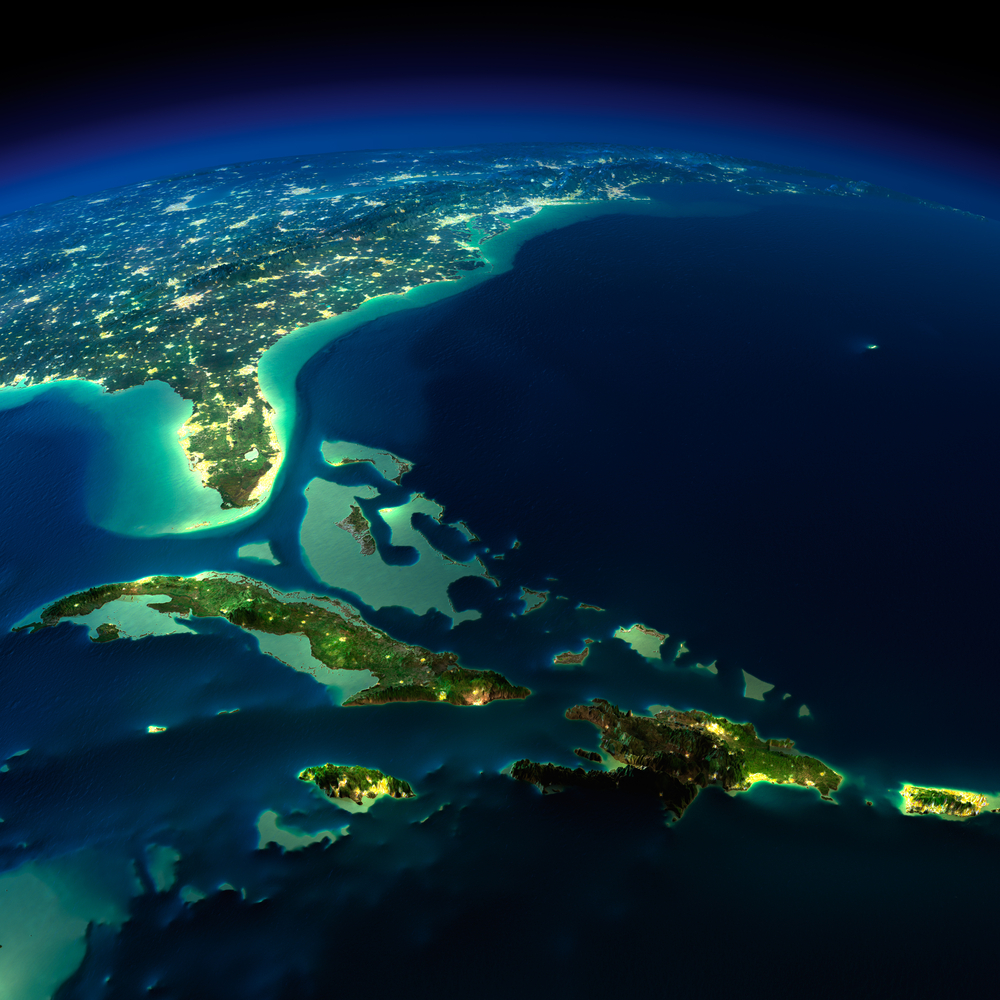Bermuda Triangle is a mythical section of the Atlantic Ocean roughly bounded by Miami, Bermuda and Puerto Rico where dozens of ships and airplanes have disappeared. Unexplained circumstances surround some of these accidents, including one in which the pilots of a squadron of U.S. Navy bombers became disoriented while flying over the area; the planes were never found. Other boats and planes have seemingly vanished from the area in good weather without even radioing distress messages. But although myriad fanciful theories have been proposed regarding the Bermuda Triangle, none of them prove that mysterious disappearances occur more frequently there than in other well-traveled sections of the ocean. In fact, people navigate the area every day without incident.
Brief History Of Bermuda Triangle :
Some people trace the Bermuda Triangle history back to the time of Columbus. Estimates range from about 200 to about 1,000 incidents of ships and airplanes disappearing in the past 500 years. Howard, an expert on Bermuda Triangle, claims that more than 50 ships and 20 planes have gone down in the Bermuda Triangle over the last century itself.
It was in 1952, when the author George Sand first mentioned about the Bermuda triangle in a magazine called Fate. In this magazine, he mostly described the Flight-19 incident where the U.S navy airplanes went missing in 1945. He also mentioned about the ship Sandra that disappeared in 1950. In the whole of 1950s, the stories of Bermuda triangle basically had been spreading by the word of mouth. Every time there was a new incidence, people used to refer to that area by Bermuda triangle. In early 1960’s though, it acquired the name The Deadly Triangle
In 1962, the author Dale Titler in his book The Wings of Mystery started introducing concepts like the electromagnetic phenomenon and such. This was the book which actually started to trigger all the discussions and hypothesis about Bermuda triangle.
Again in 1962, Allan W. Eckert wrote about some interesting dialogue from Flight-19 in one of the American magazines. This sensational article The Mystery of the Lost Patrol became extremely popular. He mentioned reports from Flight-19 stating … “the ocean looks strange”, “…all the compasses are going haywire”, and that they could not make out any directions and so on.
The name “Bermuda Triangle” is generally attributed to the writer Vincent H. Gaddis who first used it in a 1964 article he wrote for Argosy magazine. Gaddis wrote a book Invisible Horizons in 1965 that further helped spreading the concept of the Bermuda Triangle.
In 1969, John Spencer stated that the area had no real shape and tried to include the Gulf of Mexico as well as New Jersey as part of the area. It sold in limited quantities, but was later reproduced in paperback in the early 1970s and did well.
Dozens of magazine and newspaper articles came out in the early ‘70s, each author offering a shape and theory to the area. Richard Winer proposed the name The Devil’s Triangle and extended the area close to the Azores near Portugal.
But it was Charles Berlitz’s in 1974, who produced the world’s all-time best seller called, The Bermuda Triangle. It sold way over 5,000,000 copies in hardback and became a phenomenon by itself. However, he too cautioned that there was no real shape of Bermuda Triangle.




















